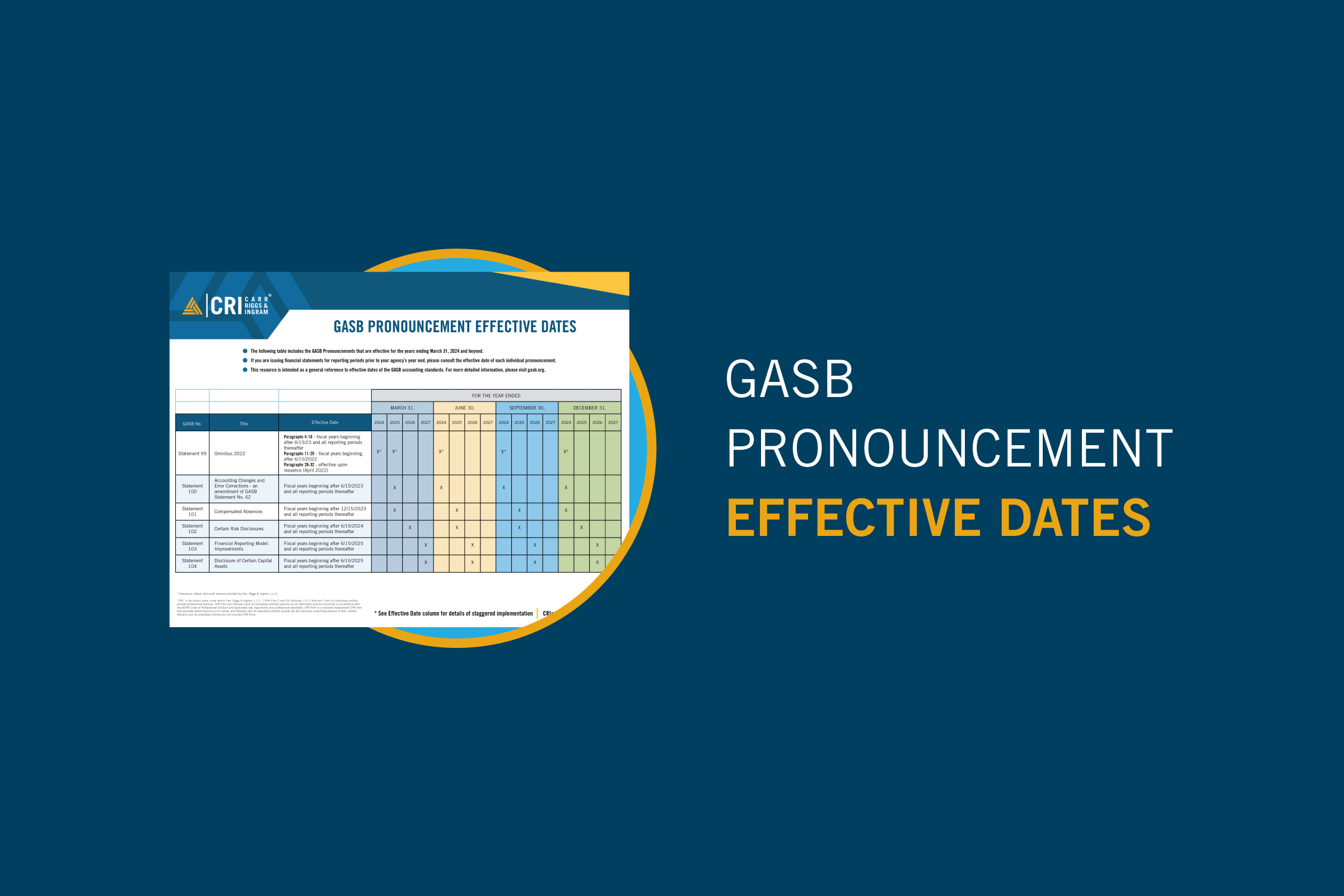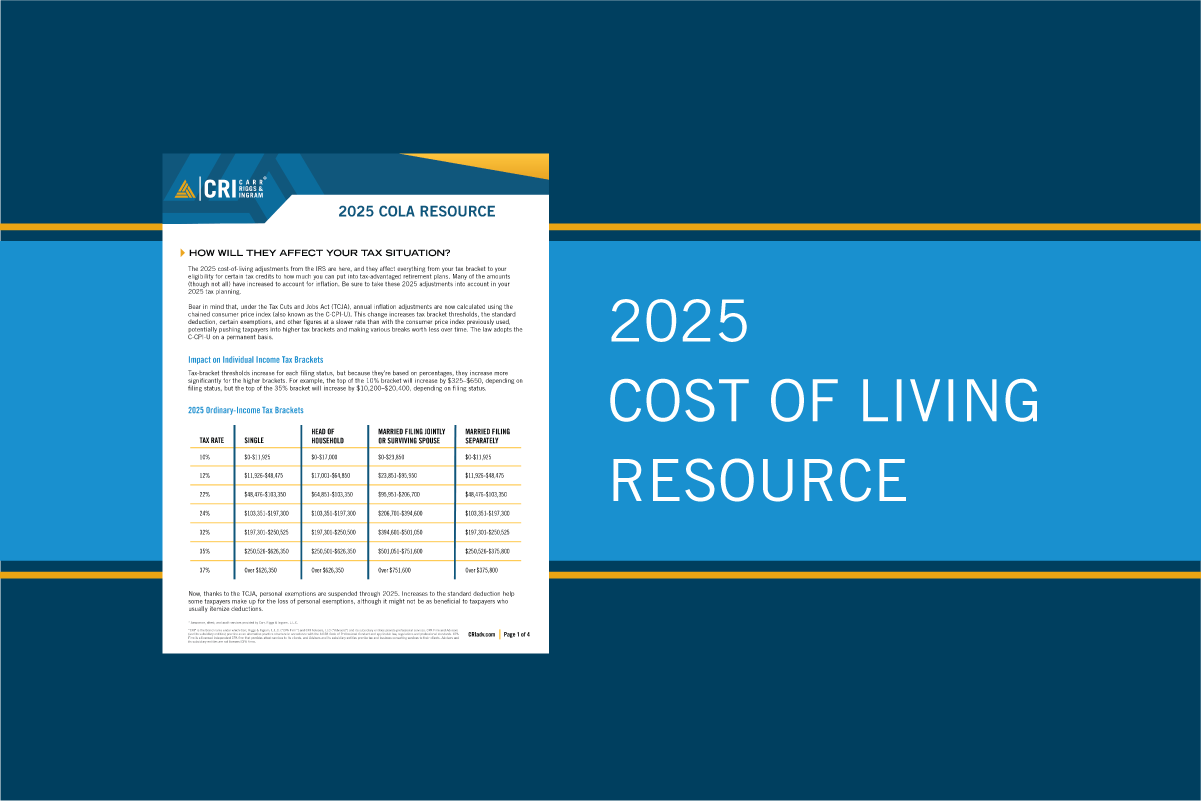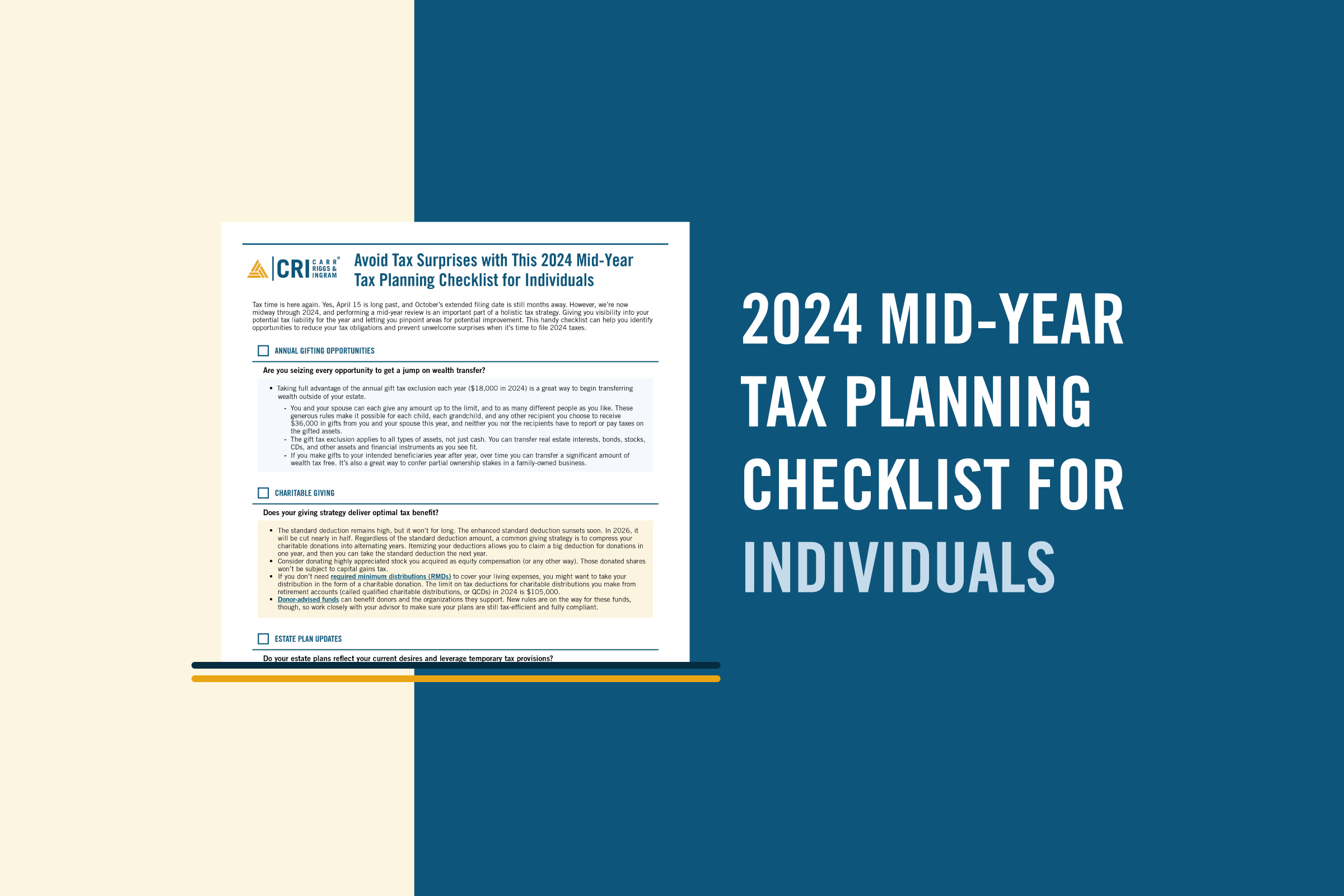Understanding the New Employee vs. Independent Contractor Classifications
- Contributor
- Rebecca Dansereau
Mar 11, 2024
On January 10, 2024, the U.S. Department of Labor announced a pivotal update, issuing a final rule that revises how businesses should distinguish between employees and independent contractors under the Fair Labor Standards Act (FLSA). This new guidance, set to take effect on March 11, 2024, rescinds the 2021 Independent Contractor Status Under the FLSA rule published on January 7, 2021. As such, it’s crucial for both businesses and workers to grasp the new rule, given its profound implications for wages, overtime compensation, and various other employment safeguards.
What’s New in 2024?
The Department of Labor states that the new rule is designed to minimize the misclassification of employees as independent contractors, thereby ensuring that workers are afforded proper employment protections like minimum wage and overtime pay. Simultaneously, it offers increased consistency for businesses engaging with self-employed individuals.
Key changes in the final rule include:
- A shift back to a multifactorial, totality-of-the-circumstances analysis to determine if a worker is an employee or an independent contractor under the FLSA.
- A clarification that all factors in this analysis are considered without preset importance given to any single factor or group of factors.
- An emphasis on the economic reality factors traditionally interpreted by the courts, which assess elements like the worker’s and potential employer’s investment, the permanency of the relationship, the nature and degree of control, the extent to which the work is integral to the business, and the worker’s skill and initiative.
Benefits of Compliance and Why It Matters
Adhering to this new rule is about more than just compliance; it establishes consistency and fairness across the labor market. Clarifying the classification process for businesses working with genuine independent contractors fosters a fair, competitive environment and helps diminish the potential for legal disputes.
Importantly, the stakes of misclassifying employees as independent contractors go well beyond mere administrative errors and can lead to a range of significant legal and financial repercussions for businesses, including:
- Costly litigation resulting from misclassification disputes.
- Substantial fines for non-compliance with labor standards.
- Back payment of wages, including minimum wage and overtime, for misclassified employees.
Compliance with this updated rule is essential not just for avoiding such penalties but also for guaranteeing that workers receive the legal protections they are entitled to, such as health insurance, retirement benefits, and unemployment insurance.
Income Tax Rules
It is important to note that this final rule does not affect the definition of an independent contractor under other laws, such as for income tax reporting purposes. The Internal Revenue Service still uses a right-to-control test to asses whether or not an individual is an employee or an independent contractor. You can visit the IRS website for more information regarding its rules and regulations concerning worker classification.
Now is the time to assess your practices to ensure they align with the new rule. Understanding and implementing these changes might seem overwhelming, but you’re not alone. Together with your employment law legal advisors, your CRI advisor can provide expert guidance through the nuances of the new regulation, ensuring your business practices are in full compliance and that your business continues to thrive.




























































































































































































































































































































































































































































































